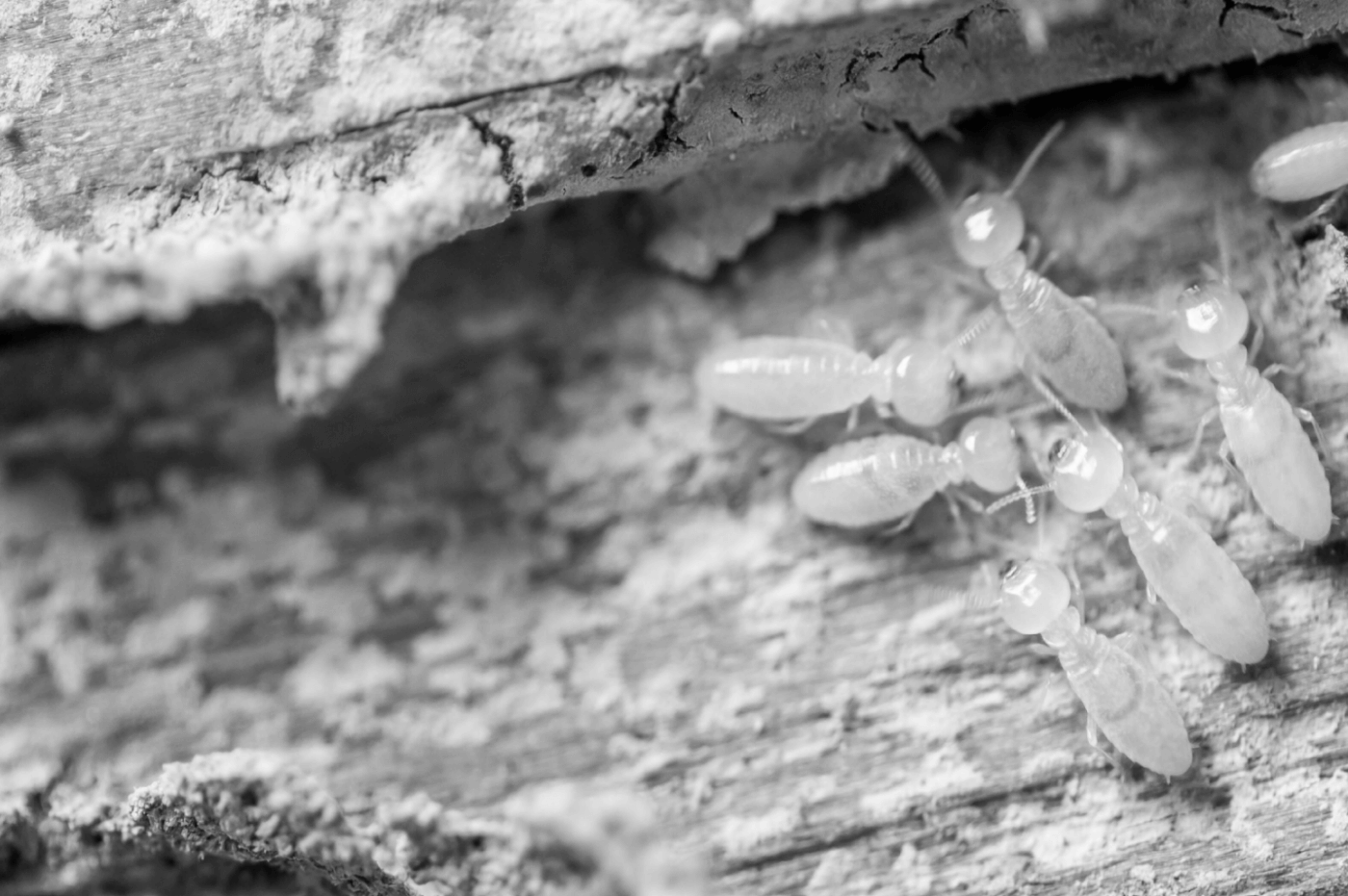BackIf These Walls Could Talk: Bugs in Your Walls

Imagine if your walls could talk. Would they reveal some hidden secrets? Perhaps they’d tell you about the tiny invaders lurking behind the drywall. Creepy, right? Bugs can make themselves at home in your walls, often going unnoticed until they’ve caused real trouble. Let’s dive into the sneaky world of wall-dwelling pests and how you can detect and evict them before they do too much damage.
The Usual Suspects: Common Wall-Dwelling Pests
- Termites: Termites are notorious for causing structural damage as they chew through wood. They can go unnoticed for years, slowly eating away at the very bones of your home. Look for discarded wings, mud tubes, or hollow-sounding wood (National Pest Management Association).
- Carpenter Ants: These ants love to burrow into wood to create their nests, especially in damp areas. Unlike termites, they don’t eat the wood—they just remove it to make room for their expanding colony. Look for sawdust-like debris near your walls (University of Kentucky Entomology).
- Cockroaches: Cockroaches can squeeze into the tiniest cracks and crevices, making your walls the perfect hiding spot. They’re nocturnal, so you might not see them, but you might hear them scurrying or notice their droppings, which look like tiny pepper flakes (Centers for Disease Control and Prevention).
- Rodents: Not exactly bugs, but mice and rats deserve a mention here. They can burrow into walls, chew through wires, and leave droppings and a musky odor behind. If you hear scratching noises at night, it’s time to investigate (Environmental Protection Agency).
- Wasps: Some species build their nests inside wall cavities, especially in the spring and summer. If you see wasps entering and exiting through small holes in your walls, there’s a good chance they’ve set up camp inside (American College of Allergy, Asthma & Immunology).
How to Detect Bugs in Your Walls
- Listen Closely: Sounds in the walls—scratching, rustling, or even faint buzzing—can be a telltale sign of pests. Pay attention, especially at night when many insects and rodents are most active.
- Look for Signs: Check for droppings, discarded wings, sawdust-like debris, or unusual stains on the walls. These can all indicate pest activity behind the scenes.
- Smell the Air: Pests like rodents and cockroaches can leave behind a distinct, musty odor. If your home starts to smell off, it might be time to investigate further.
- Tap on the Walls: Tap along the walls and listen for hollow sounds, indicating termite or carpenter ant activity. If an area feels unusually soft or hollow, it could be compromised by pests.
Evicting the Unwanted Guests
- Seal Entry Points: Identify and seal any cracks, gaps, or holes in your walls, windows, and doors. This will help prevent new pests from entering your home.
- Set Traps or Baits: For pests like rodents or ants, setting traps or using baits can help control the population. Make sure to place them near suspected entry points or areas of activity.
- Professional Pest Control: Sometimes, calling in the pros is best. A professional pest control service can thoroughly inspect your home, identify the culprits, and apply targeted treatments to eliminate the infestation.
- Regular Maintenance: Keep your home in good shape by conducting regular inspections, maintaining a clean environment, and addressing any moisture issues that could attract pests.
If your walls could talk, they might share some unsettling secrets about the pests living within them. But with a keen ear, a sharp eye, and some preventive measures, you can keep these unwelcome guests at bay. And if things get out of hand, remember that Bug House Pest Control is just a call away!
Think there might be something lurking in your walls? Don’t wait until it’s too late! Contact us today to schedule a free consultation.
We proudly serve Bug House customers throughout Georgia in Augusta, Carrollton, Columbus, Dublin, Eastman, Forsyth, Lake Oconee, Macon, Madison, McDonough, Milledgeville, Monroe, Sandersville, Savannah, St. Simons, Warner Robins, and Watkinsville.